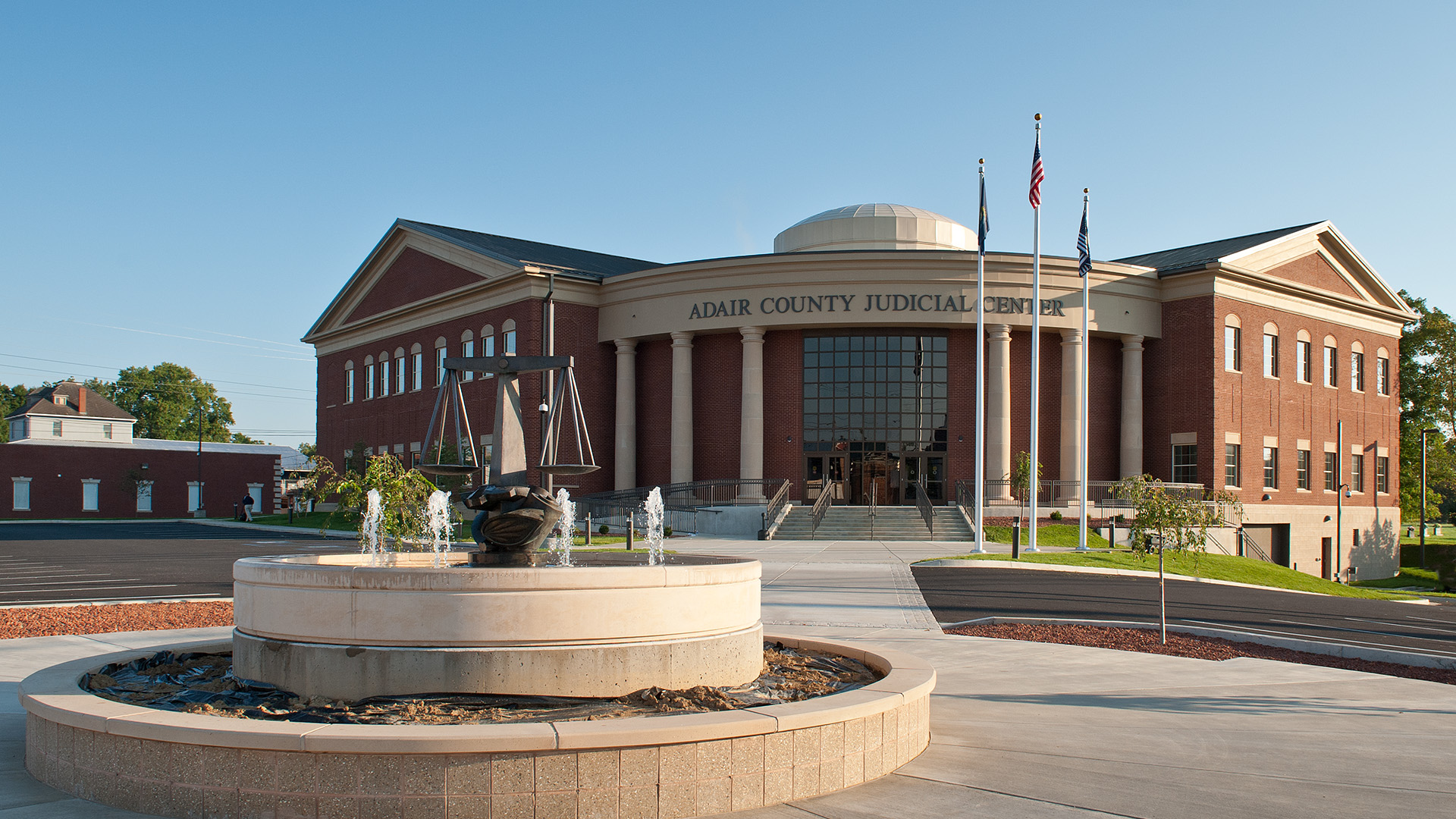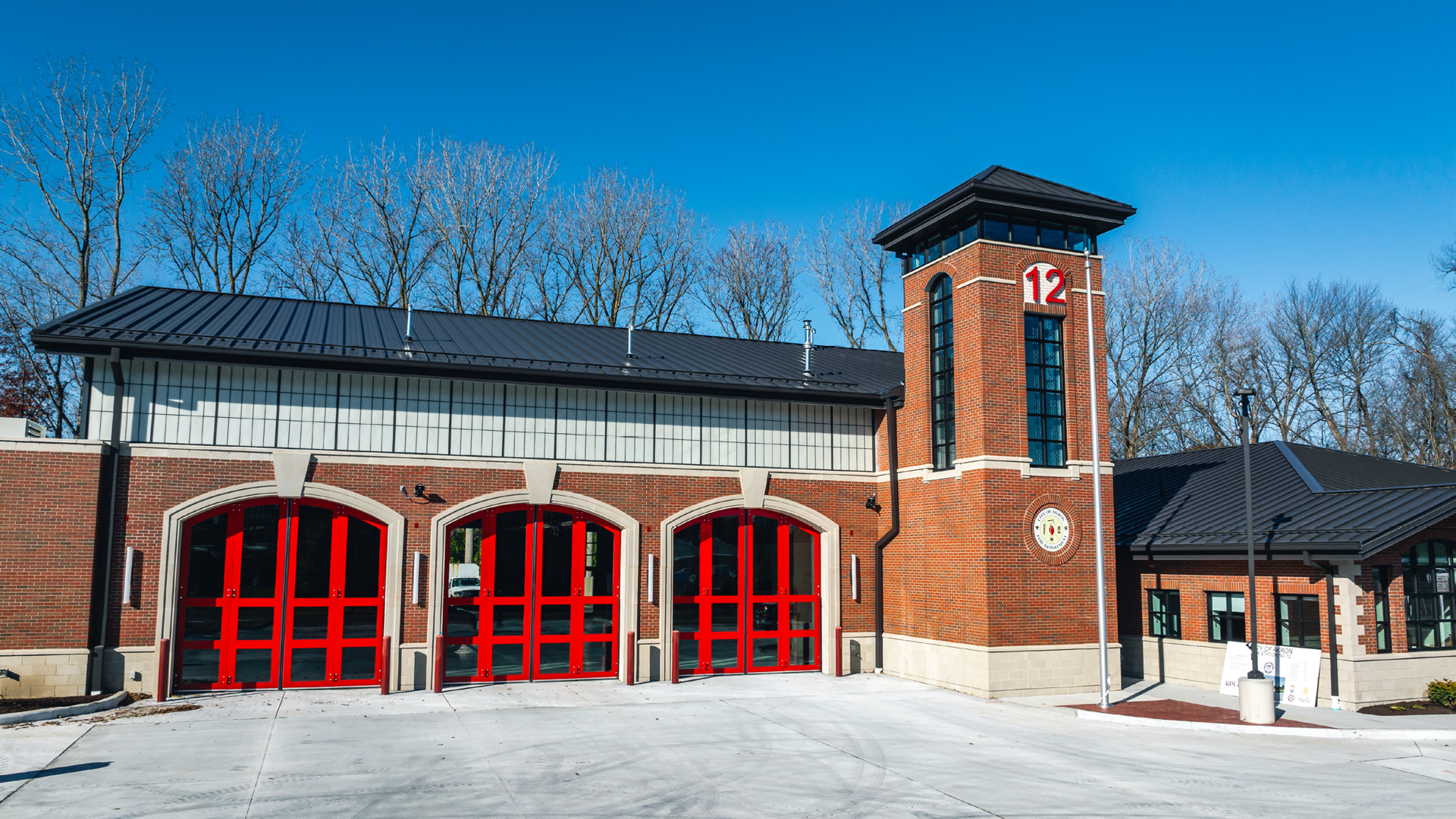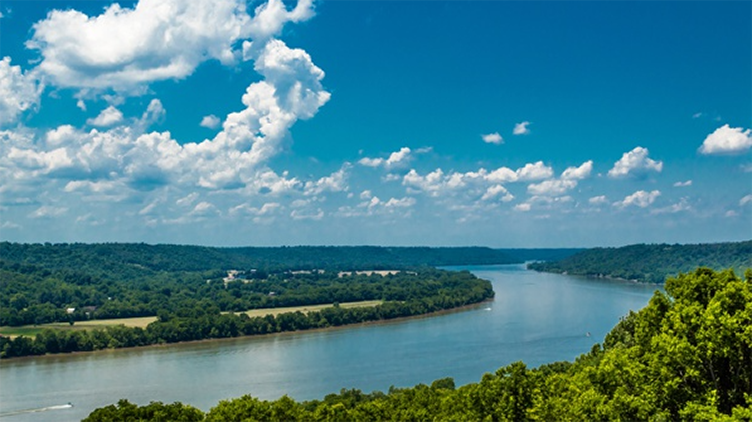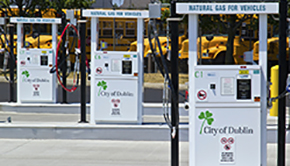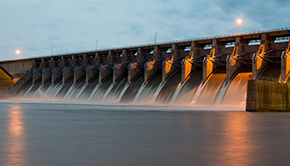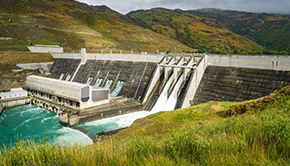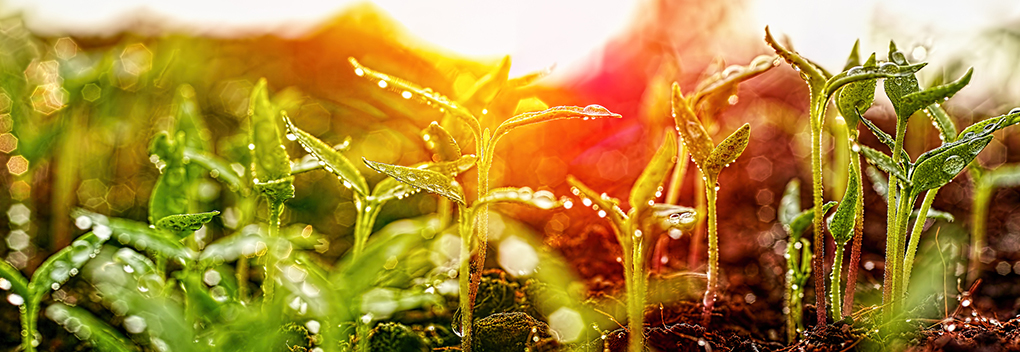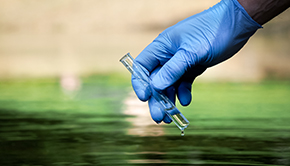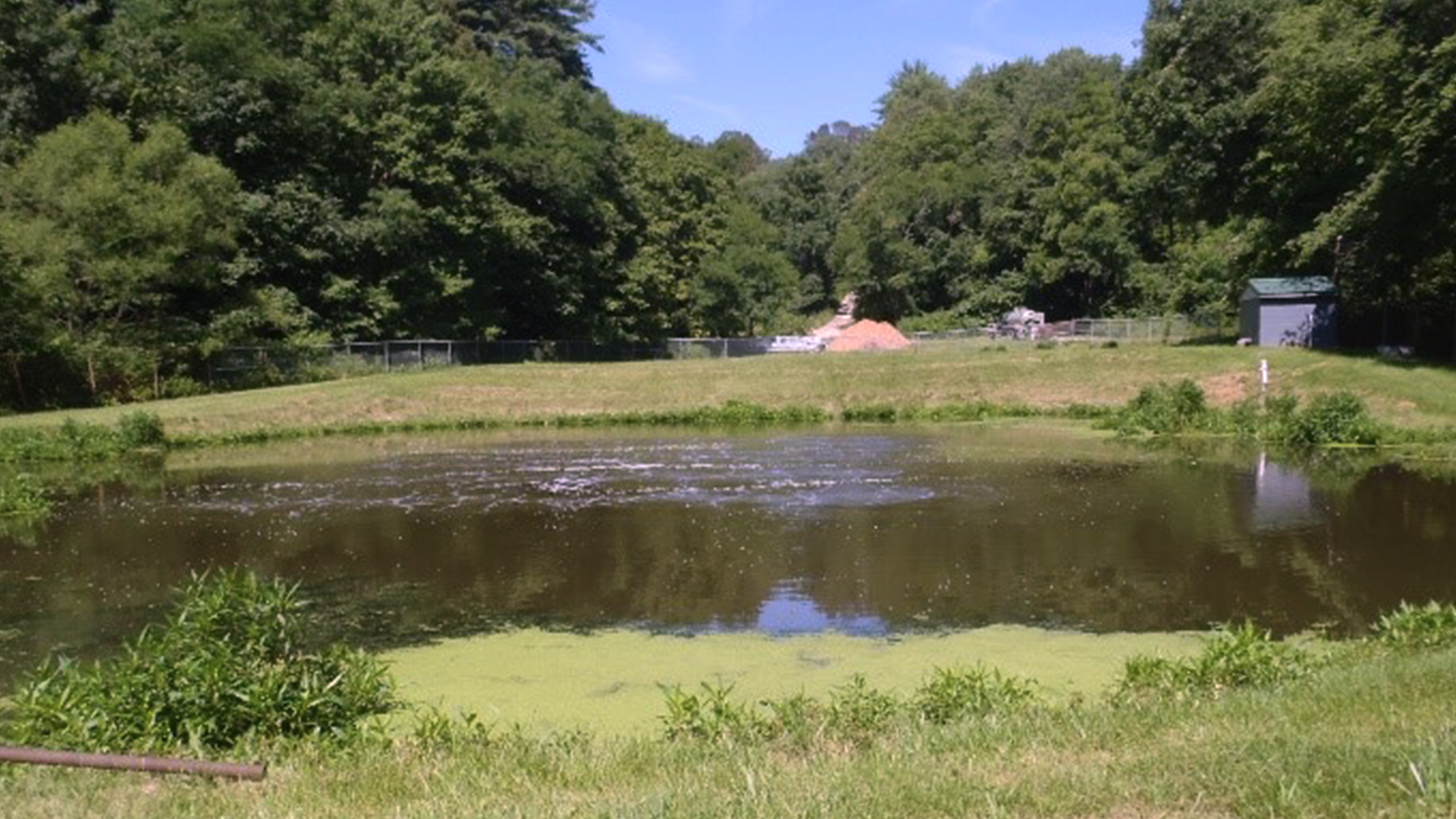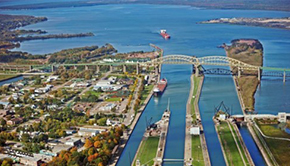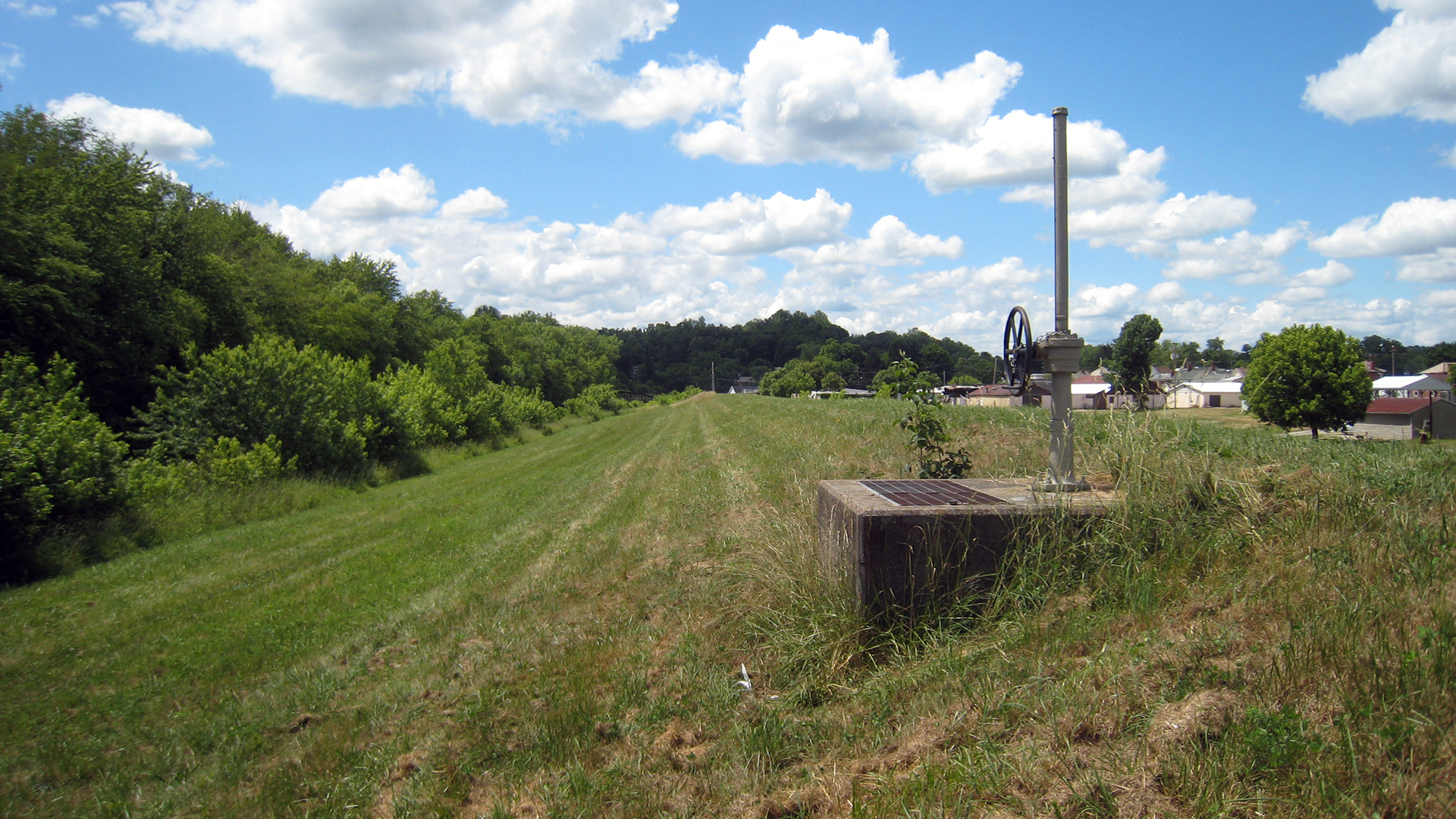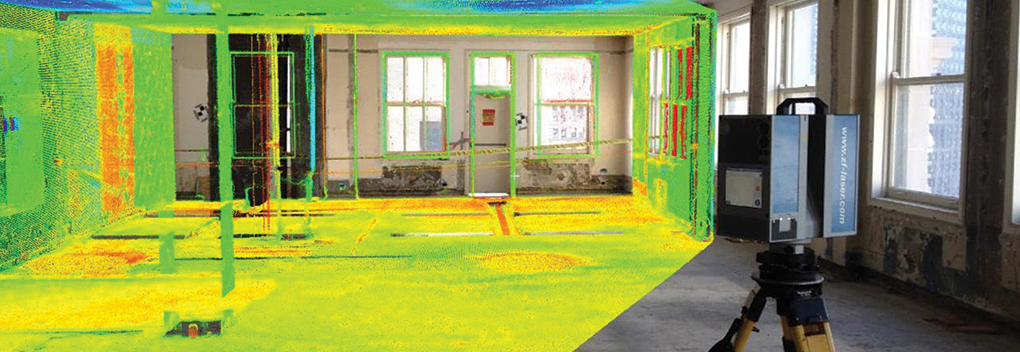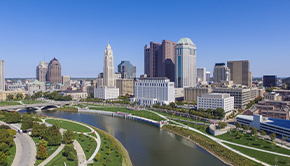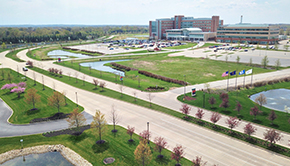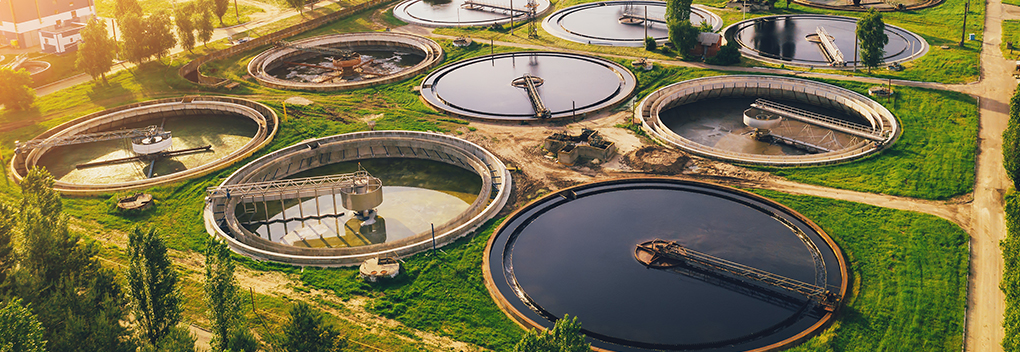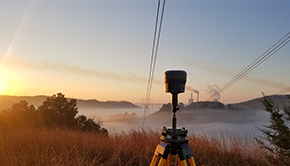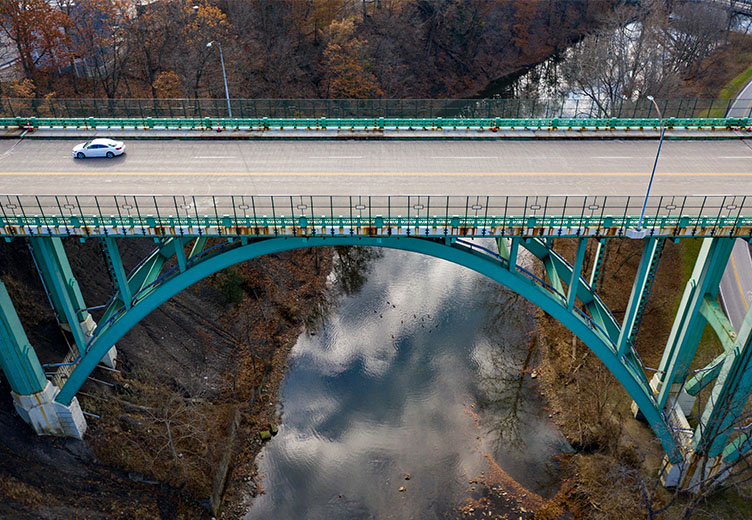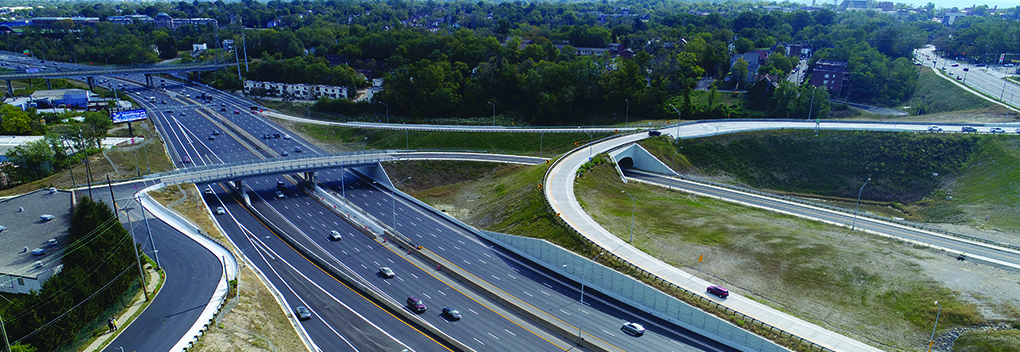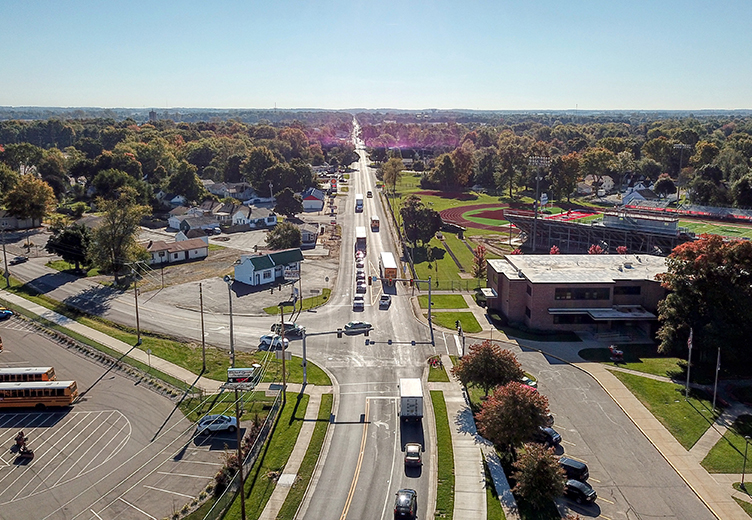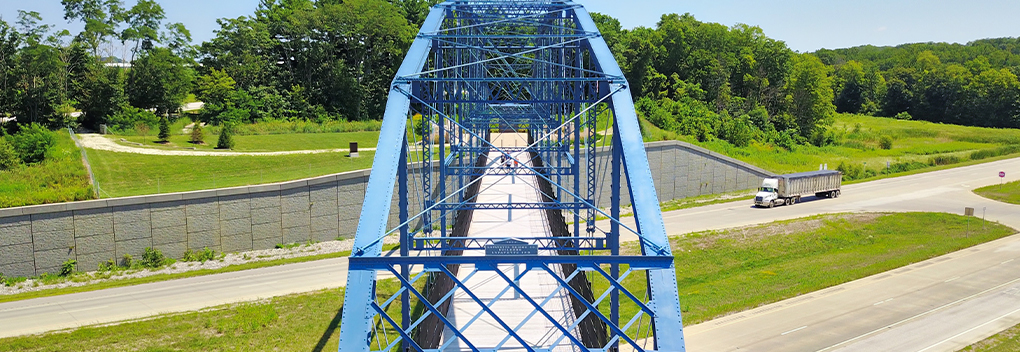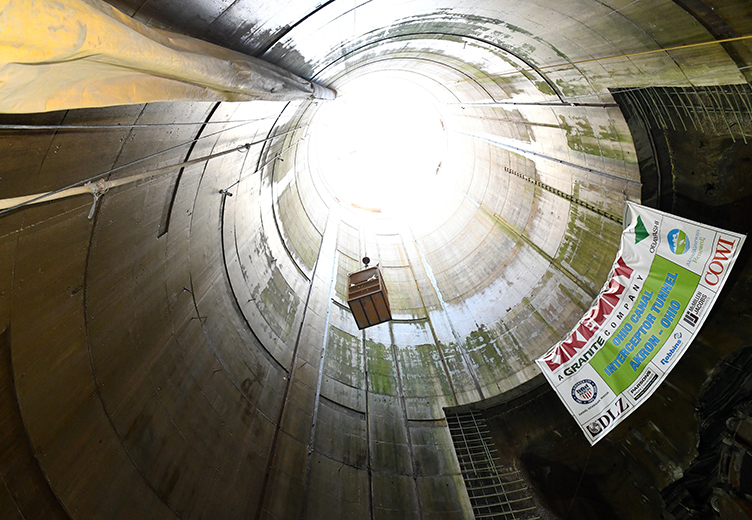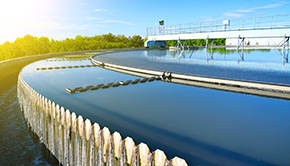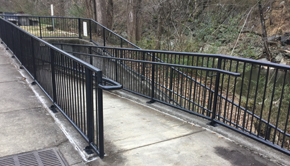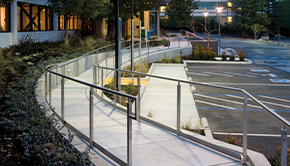DLZ’s landscape architects carefully select plant species on each of our projects to meet clients’ specific needs, and these selections frequently include native plants. Let’s talk about four great reasons for utilizing native plants on your next project.
#1 – Lower Maintenance and Increased Sustainability.
The number one request we hear from clients is for low maintenance landscapes. One of the best ways we can accommodate this is by specifying native plants. These plant species are acclimated to the soil, temperature, and rainfall conditions of the project area. This means they are likely to utilize less fertilizer and pesticides and require less irrigation throughout their lives, which conveniently may translate into lower annual costs for your organization.
#2 – Avoid Contributing to Degradation of Natural Resources.
We have all seen the lovely white blooms of the Callery pear along roadsides in the spring or the bright hues of purple loosestrife along ditches and streams. Beautiful, right? WRONG. These plants and others like them are taking over natural areas, putting native species at risk of endangerment and lowering the biodiversity within our landscapes. Invasive plants are not only degrading our plant ecosystems, but they also contribute to maintenance issues both on traditional commercial, municipal, and residential project sites and within our natural areas such as state parks. The costs of removal, chemical treatments, and revegetation can really add up; Invasive species cost the U.S. over $120 billion in damages every year, according to publications from the U.S. Fish & Wildlife Service. Unfortunately, many species that are considered invasive are still for sale in the nursery industry, such as barberry, wintercreeper, English ivy, and Norway maples. To increase your knowledge before your next project review or your next trip to the home improvement center, check out the available resources listed below and know what to avoid.
#3 – Meet Permitting Requirements.
Permit agencies such as the Indiana Department of Natural Resources require native species for mitigation on projects. Most agencies can provide a list of preferred plants that are native to your state and region. It is important to note that frequently ‘straight species’ natives are required. ‘Cultivars’ (a plant selected for desirable characteristics that can be maintained by propagation) are often restricted as they do not provide the same genetic diversity as a straight species. They may also lack features of the straight species such as seed, nectar, and pollen production.
#4 – Increase Wildlife Habitat.
Birdwatching in Spring 2020 may have enjoyed more popularity than ever before. Using native plants can attract wildlife to your backyard by providing food and shelter. Certain species have greater wildlife value based on fruit and seed timing and supply as well as plant structure for shelter and nesting. Native flowering plants can help attract pollinators. Reducing lawn areas and replacing this with native plantings promotes biodiversity, reduces chemical use and air pollution, and increases the opportunity for habitat.
Resources.
The Indiana Native Plant Society (indiananativeplants.org) provides information on landscape worthy native plants, buying resources, Indiana’s invasive plant list, and many more educational materials.
The Center for Invasive species and Ecosystem Health (invasive.org) is a governmental and university partnership that provides invasive species lists, maps, and photos.
Many state natural resources departments also publish lists of invasive plants.
The Audubon Society provides a native plant database at https://www.audubon.org/native-plants.
The U.S. Forest Service provides information on plant hardiness zones, landscaping for wildlife, and other topics at https://www.fs.fed.us/wildflowers/Native_Plant_Materials/Native_Gardening/index.shtml
Penn State Extension offers many resources on landscaping for wildlife such as this article https://extension.psu.edu/landscaping-for-wildlife-trees-shrubs-and-vines

